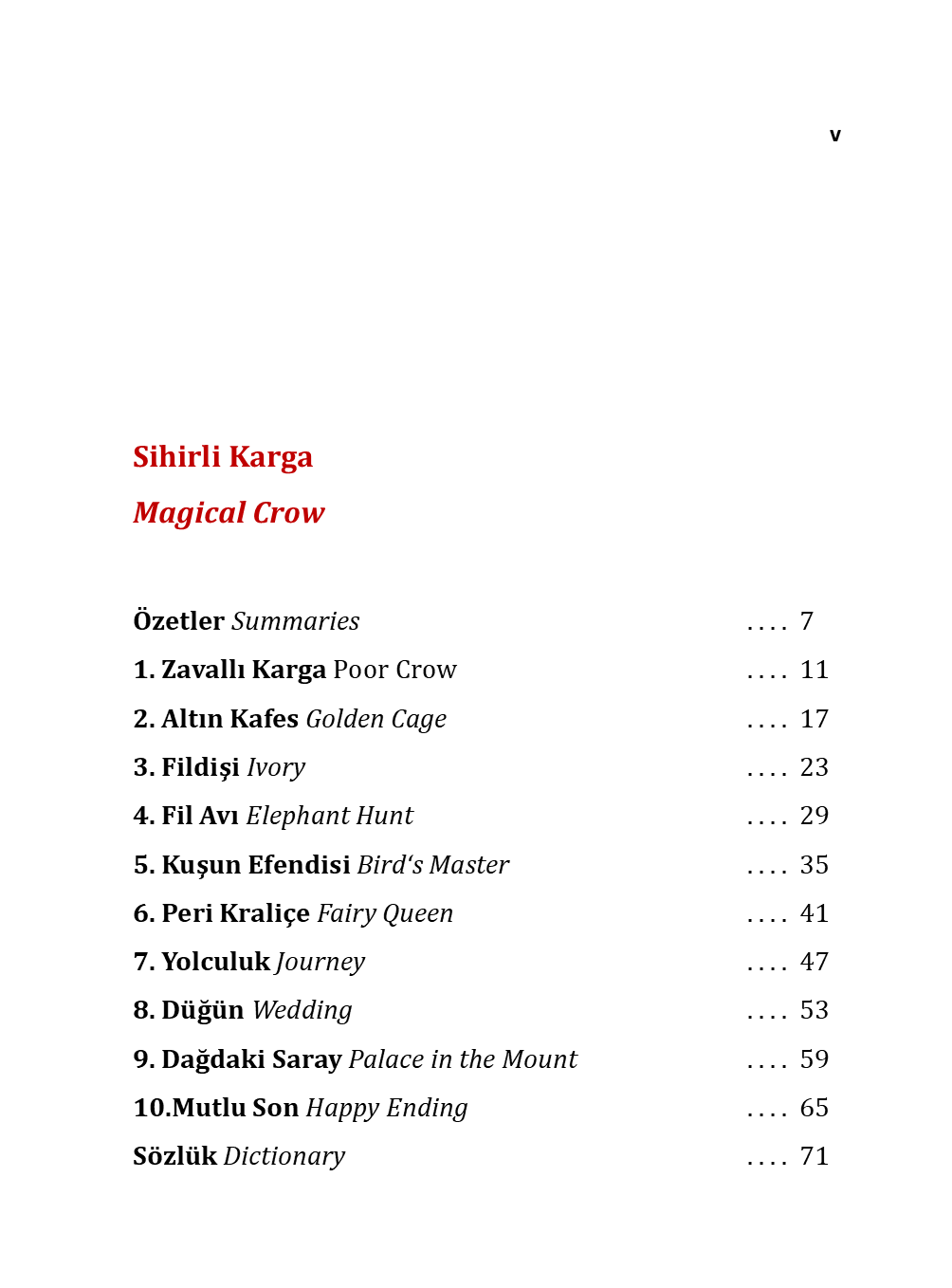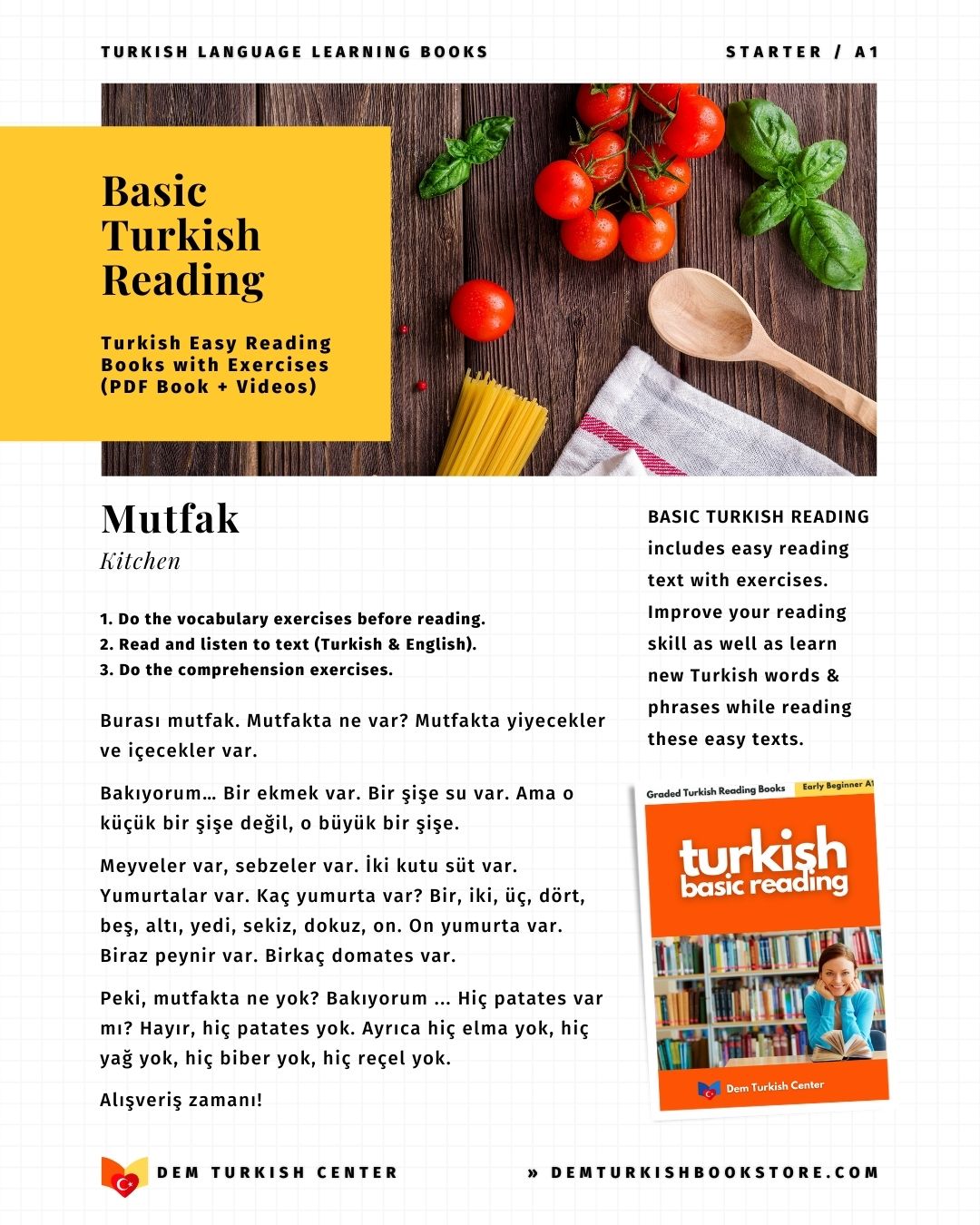
Turkish Coffee 101: A Beginner's Guide to This Timeless Tradition
For centuries, Turkish coffee has been more than just a beverage—it’s a ritual, a symbol of hospitality, and an art form passed down through generations. With its rich aroma, velvety foam, and unique preparation method, it stands apart from other coffee traditions.
Whether you're new to Turkish coffee or looking to perfect your brewing skills, this guide will walk you through everything you need to know—from its fascinating history to step-by-step brewing instructions.
TURKISH COFFEE: A BEGINNER'S GUIDE
Subscribe to Turkey1001, a Turkey travel channel on Youtube
What Makes Turkish Coffee Special?

Turkish coffee stands out for its rich tradition, unique preparation, and bold flavor. Brewed in a *cezve* with finely ground beans, it’s served unfiltered, creating a thick, aromatic experience. Unlike other brewing methods, it’s simmered slowly, allowing the grounds to settle into a flavorful sludge at the bottom of the cup. Beyond taste, it’s a cultural ritual—often paired with lively conversation and fortune-telling from the leftover grounds. Recognized by UNESCO as Intangible Cultural Heritage, Turkish coffee is more than a drink—it’s a centuries-old symbol of hospitality, connection, and artistry.
Turkish coffee isn’t just about the taste—it’s about the experience. Here’s what sets it apart:
- Finely Ground Beans The coffee is ground into an ultra-fine powder, almost like flour.
- Unfiltered Brewing The coffee is boiled directly in water, creating a thick, strong drink.
- Served with Foam (Köpük) A well-made cup has a rich layer of foam on top.
- Fortune-Telling Tradition The leftover grounds are used for "tasseography" (reading the coffee cup).
Turkish Coffee: A Journey Through History and Flavor
A Brief History of Turkish Coffee

Turkish coffee, with its rich aroma and centuries-old tradition, is more than just a drink—it’s a cultural legacy. Originating in the Ottoman Empire in the 16th century, it quickly became a symbol of hospitality and social ritual. Prepared in a "cezve" and served unfiltered, its unique brewing method was declared an Intangible Cultural Heritage by UNESCO in 2013. From Ottoman palaces to European courts, Turkish coffee influenced global coffee culture while preserving its traditional preparation. Today, it remains a cherished experience, enjoyed for its bold flavor and the timeless ritual of fortune-telling from the coffee grounds.
- First Coffeehouses in the World Istanbul opened its first coffeehouses in the 1550s, becoming social hubs for intellectuals and artists.
- UNESCO Recognition In 2013, Turkish coffee culture was added to UNESCO’s Intangible Cultural Heritage list.
- A Symbol of Hospitality Serving Turkish coffee to guests is a sign of respect and friendship in Turkish culture.
How to Make Authentic Turkish Coffee: Mastering the Brew
Essential Tools for Making Turkish Coffee

Before brewing, you’ll need these traditional tools:
- Cezve (Ibrik) A small copper or brass pot with a long handle.
- Turkish Coffee Grinder To achieve the ultra-fine grind (or buy pre-ground Turkish coffee).
- Finely Ground Coffee Look for brands like Kurukahveci Mehmet Efendi.
- Demitasse Cups Small cups designed for serving.
- Cold Water Preferably still, not carbonated.
Why Turkish Coffee Is the Ultimate Drink for Coffee Lovers
Step-by-Step: How to Brew Turkish Coffee

Ingredients (per serving):
1 cup cold water, 1 heaping tsp Turkish coffee (about 7g), sugar (optional) – Traditionally served as:
- Sade (unsweetened)
- Az şekerli (lightly sweetened, ½ tsp sugar)
- Orta şekerli (medium sweet, 1 tsp sugar)
- Şekerli (very sweet, 1.5+ tsp sugar)
How Turkish Coffee Became a UNESCO Cultural Heritage
Instructions:
- Add water to the cezve (measure per cup).
- Mix in coffee and sugar (if using) but do not stir yet.
- Heat slowly on low-medium heat. Wait for foam to rise (about 3-4 minutes).
- Just before boiling, remove from heat and spoon some foam into cups.
- Return to heat and let foam rise again (repeat 1-2 times for thicker foam).
- Pour slowly into cups, ensuring grounds settle at the bottom.
- Let it rest for 1-2 minutes before drinking.
Pro Tip Never stir once poured—this helps the grounds settle!

How to Drink Turkish Coffee Like a Local
- Sip slowly Enjoy the rich flavor and aroma.
- Pair with water & Turkish delight Cleanses the palate.
- Wait for grounds to settle Don’t drink the sludge at the bottom!
- Try fortune-telling Flip your cup upside down, let it cool, and "read" the patterns.

Common Mistakes to Avoid
- Boiling too fast Causes bitterness and weak foam.
- Stirring after pouring Disturbs the grounds.
- Using coarse grounds Must be powder-fine for authentic texture.
- Skipping the foam The köpük is the best part!

Where to Buy Authentic Turkish Coffee
- Local Middle Eastern markets (look for brands like Mehmet Efendi).
- Online (Amazon, specialty coffee shops).
- In Turkey Visit historic coffee shops in Istanbul (like Mandabatmaz).

Final Thoughts: More Than Just a Drink
Turkish coffee is a cultural experience—a moment to slow down, savor flavors, and connect with others. Whether you’re enjoying it in a bustling Istanbul café or brewing it at home, each cup carries centuries of tradition.
Ready to try making your own? Grab a "cezve", some finely ground coffee, and start brewing!
Have you ever tried Turkish coffee? Share your experience in the comments!













